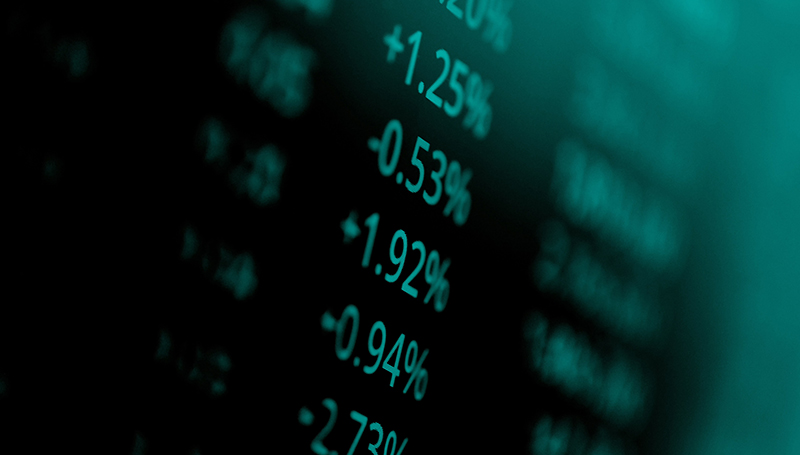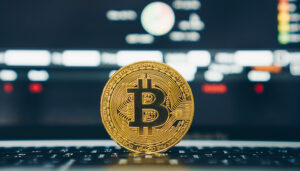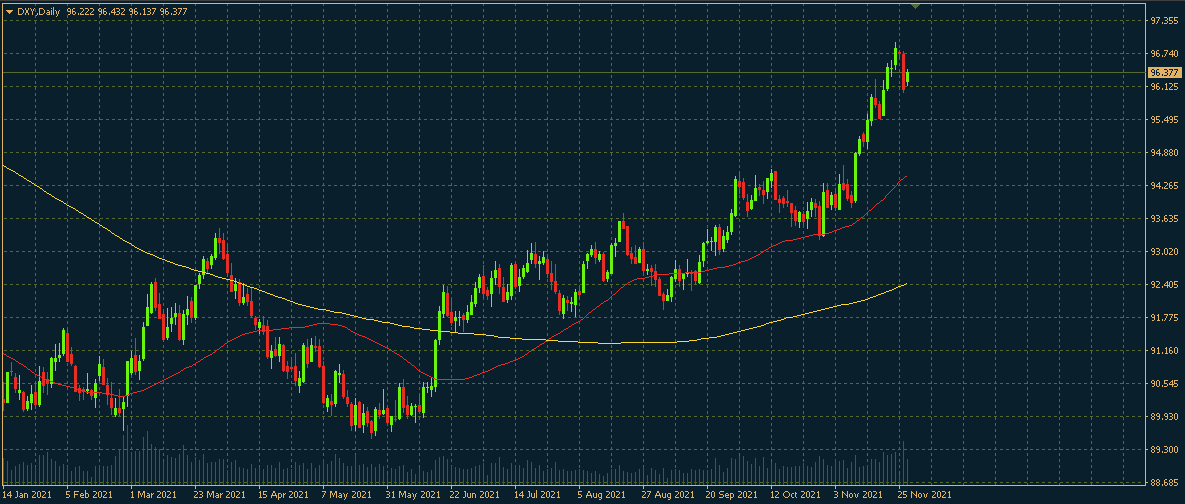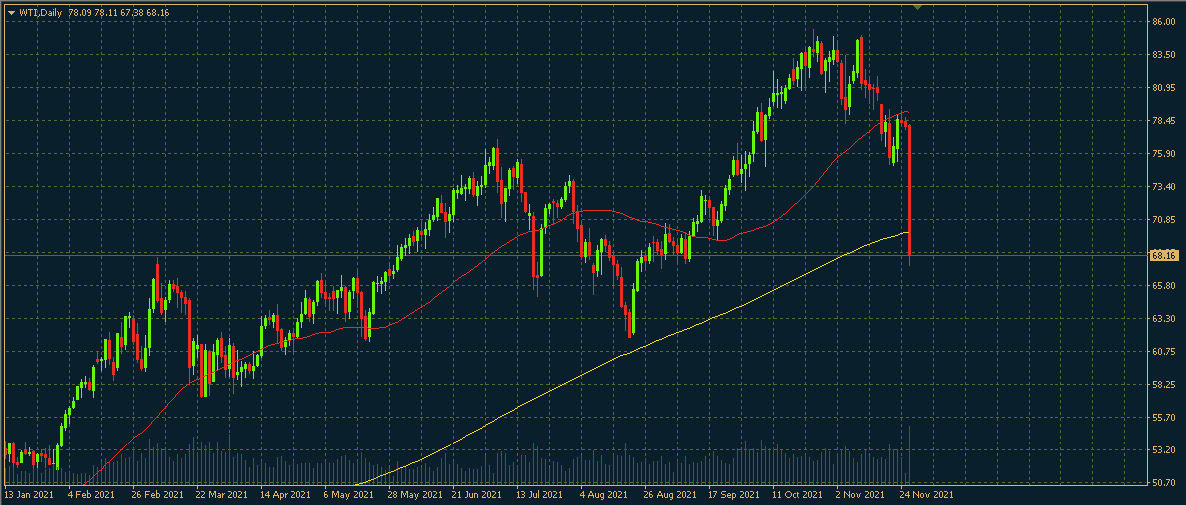

20.12.2021 – Build Back Better (BBB) is history for now: Democratic Senator Joe Manchin refuses to follow the Democrats. This means the Dems no longer have a majority in the Senate. U.S. futures dive.
Goldman downgrades GDP forecast
Goldman Sachs reacted immediately, cutting its forecast for U.S. gross domestic product after the no vote on BBB: 2 percent in Q1 (versus 3 percent previously), 3 percent in Q2 (versus 3.5 percent) and 2.75 percent in Q3 (versus 3 percent previously).
Manchin cross-posted yesterday to, of all places, Fox News television, the nemesis of the left-wing cultural chic. The man hails from West Virginia, we mean: in this lonely, remote state in the Appalachians, people have no sympathy for expensive government programs that primarily benefit the woken middle class on the East and West coasts. Official reading in our truth press: The planned $1.75 trillion for “Build Back Better” was intended to expand the social sector, the health and education systems, and climate protection. And a cross-reference: coal is mined in West Virginia and Manchin is said to have a stake in an energy company.
Boost for inflation
Now the rather less illuminated interpretation in this country: Manchin judged the actual cost of Build Back Better would be more like $4.5 trillion, citing the Congressional Budget Office. Proponents of the spending would obscure those numbers. The University of Pennsylvania also concludes in its Wharton Budget Model that the cost over a decade is $4.6 trillion. And the conservative nonprofit Citizens for Self-Governance sees even closer to $5 trillion. Manchin and opposition Republicans argue that the government money will further fuel inflation and also increase the tax burden precisely because the thing is not soundly financed. Incidentally, the U.S. Internal Revenue Service (IRS) is currently looking for thousands of new tax investigators.
Gifts for the eco-industry
Some details: The deal includes a maximum subsidy of $12,500 for the purchase of an e-car – which only the green middle class can afford anyway. Car manufacturers are likely to raise their prices in a hurry. There will also be a $320 billion tax break for companies and individuals who install solar panels. Here, too, prices are likely to rise and, as always, a government stimulus will fizzle out. Further, a so-called Civilian Climate Corps is to be created, employing some 300,000 people to take care of the environment.
Stoking inflation
Manchin, for one, opposes the woken program, saying, “I cannot take that risk with a staggering debt of more than $29 trillion and inflation taxes that are real and harmful to every hard-working American at the gasoline pumps, grocery stores and utility bills with no end in sight.” He also pointed to energy dependence on foreign countries if all the green programs were enforced.
Our conclusion: the stock market is taking cover for now. However, nothing is ever ruled out forever in the Washington, D.C., quagmire – it’s quite possible that Manchin will be swayed in parts. Moreover, Wall Street could quickly come to the conclusion that bad news is good news – and that the Federal Reserve did not have the failure of BBB on its radar. In which case the Fed would have to pump more money into the market. Bernstein Bank keeps an eye on the matter for you!
Important Notes on This Publication:
The content of this publication is for general information purposes only. In this context, it is neither an individual investment recommendation or advice nor an offer to purchase or sell securities or other financial products. The content in question and all the information contained therein do not in any way replace individual investor- or investment-oriented advice. No reliable forecast or indication for the future is possible with respect to any presentation or information on the present or past performance of the relevant underlying assets. All information and data presented in this publication are based on reliable sources. However, Bernstein Bank does not guarantee that the information and data contained in this publication is up-to-date, correct and complete. Securities traded on the financial markets are subject to price fluctuations. A contract for difference (CFD) is also a financial instrument with leverage effect. Against this backdrop, CFD trading involves a high risk up to the point of total loss and may not be suitable for all investors. Therefore, make sure that you have fully understood all the correlating risks. If necessary, ask for independent advice. CFDs are complex instruments and are associated with the high risk of losing money quickly because of the leverage effect. 68% of retail investor accounts lose money trading CFD with this provider. You should consider whether you understand how CFD work and whether you can afford to take the high risk of losing your money.






 13.12.2021 – Here’s how it can happen: The S&P 500 has risen to lofty heights despite horrendous U.S. inflation. Yet many investors were afraid of the Federal Reserve’s tapering. The fact that the Dow Jones, Nasdaq and also the DAX are rather lagging behind shows that traders are not yet in complete agreement. We highlight the pros and cons of a year-end rally.
13.12.2021 – Here’s how it can happen: The S&P 500 has risen to lofty heights despite horrendous U.S. inflation. Yet many investors were afraid of the Federal Reserve’s tapering. The fact that the Dow Jones, Nasdaq and also the DAX are rather lagging behind shows that traders are not yet in complete agreement. We highlight the pros and cons of a year-end rally.
 10.12.2021 – It can happen that quickly: Wall Street has recovered its losses built up since Thanksgiving. Despite yesterday’s setback. If Scott Rubner, trader at Goldman Sachs, has his way, that was just the beginning. Omicron, tapering – it doesn’t matter. A mountain of investor money wants to be invested. In his opinion, the stock market lights have recently jumped to green. We shed light on the background.
10.12.2021 – It can happen that quickly: Wall Street has recovered its losses built up since Thanksgiving. Despite yesterday’s setback. If Scott Rubner, trader at Goldman Sachs, has his way, that was just the beginning. Omicron, tapering – it doesn’t matter. A mountain of investor money wants to be invested. In his opinion, the stock market lights have recently jumped to green. We shed light on the background.




